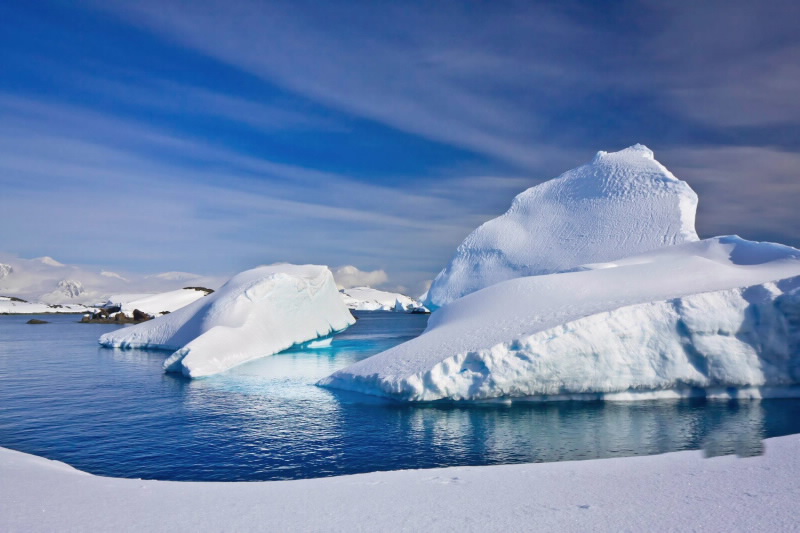A better understanding of the sources of Earth’s current rising methane levels is being sought by a team of scientists, who leave for Antarctica today to collect ice cores and analyse the methane in trapped air bubbles.
 |
| A better understanding of the sources of Earth’s current rising methane levels is being sought by a team of scientists. |
ANSTO Expedition leader and Chief Investigator, Dr Andrew Smith, explained that methane is a serious contributor to global warming and although it’s generally known that levels have risen since the Industrial Era, the individual contribution of the various methane sources is still poorly understood.
“The most significant rise in methane levels occurred over the Industrial Era and this expedition seeks to determine just why," said Dr Smith.
"Other collaborative research is focused on the role of methane in climate change in the more distant past. Since methane is such a potent greenhouse gas, these answers are vitally important for future climate predictions.
“Following the termination of the last Ice Age, the Northern Hemisphere began to cool again, an event known as the Younger Dryas,” explained Dr Smith. “This period of cooling lasted for about 1 000 years then temperatures climbed again and so did methane levels.
“Clues to the source of this methane can be found by analysing the isotopes of carbon from which the methane is composed and we will be applying the same technique to study the detailed evolution of methane sources during the Industrial Era.
“Once we know what caused and is causing methane levels to rise, scientists can then form definite strategies as to how to limit emissions and help combat global warming.”
Dr Smith also explained that lying on sea beds around the Earth’s coastal regions are deposits of methane trapped in frozen water, called clathrates, which look like ice. When these deposits are brought closer to the surface, for instance by falling sea levels, or come into contact with warmer water, they begin to disintegrate, releasing methane gas.
“If a significant amount of clathrates were disturbed and destabilised this could further increase global warming, as well as cause devastating effects such as underwater landslides and tsunamis,” said Dr Smith.
The aim of the expedition − which will return on New Years Eve − is to recover 250 metres of large-diameter ice core from the summit of Law Dome where the expedition will be based.
“We need to get a vast amount of ice to collect enough air for analysis,” explained Dr Smith. “For example, to get a 100 litre air sample we need one tonne of ice.”
Once enough ice is collected, on return the scientists will liberate the air, extract the methane and convert it to carbon dioxide. This will then be turned into graphite and ionised in an ion source.
ANSTO’s ANTARES particle accelerator will then accelerate the carbon ions to an energy of 26 million electron volts and then count the number of carbon 14 atoms present for final analysis.
Dr Smith said this new work will complement previous work he undertook in 1997 with another science team where the same analysis was performed but using air from the compacting snow, known as 'firn', above the impervious ice.
“Using firn air limits how far back in time you can go so this time we have decided to go deeper into the ice using a special thermal ice core drill,” he said.
Christmas will be spent on the homeward bound ship.
“I will be leaving some Christmas presents ready for my wife and family for the day and will have an extra special New Years Day to celebrate both lost family events!” Dr Smith said.


